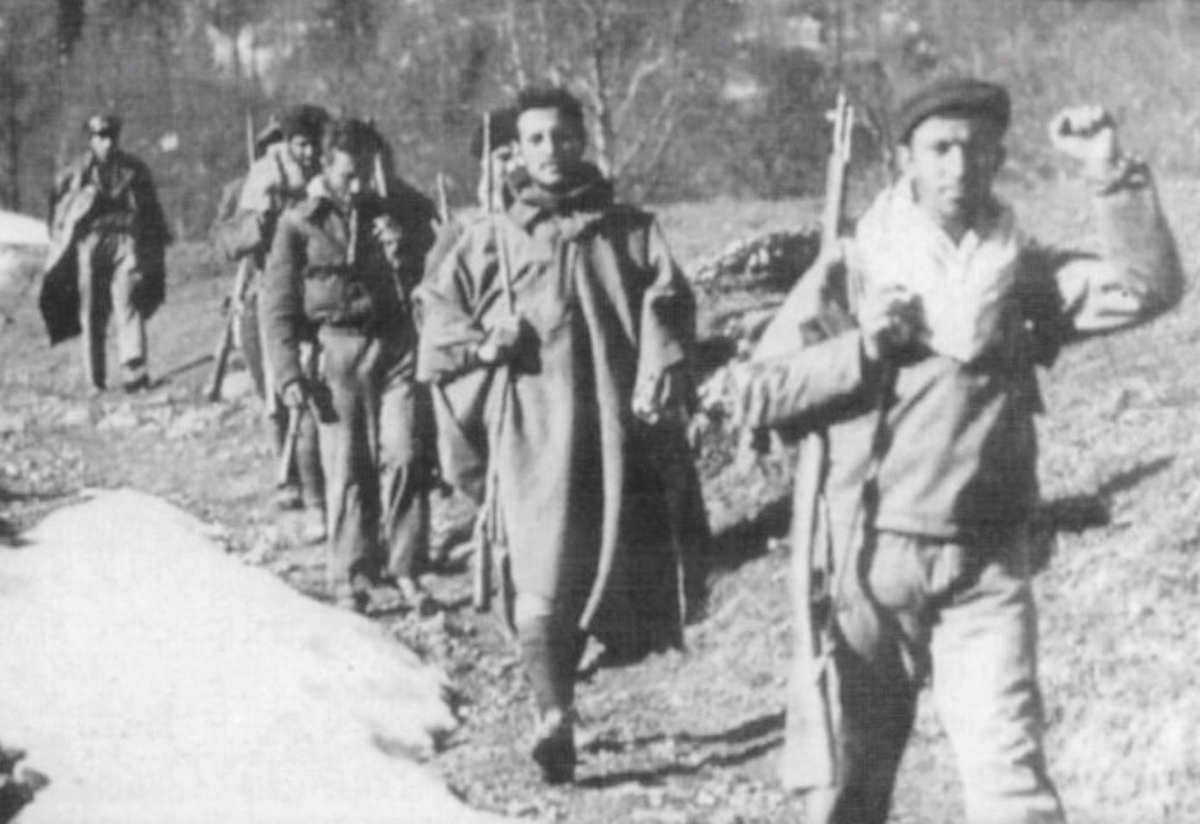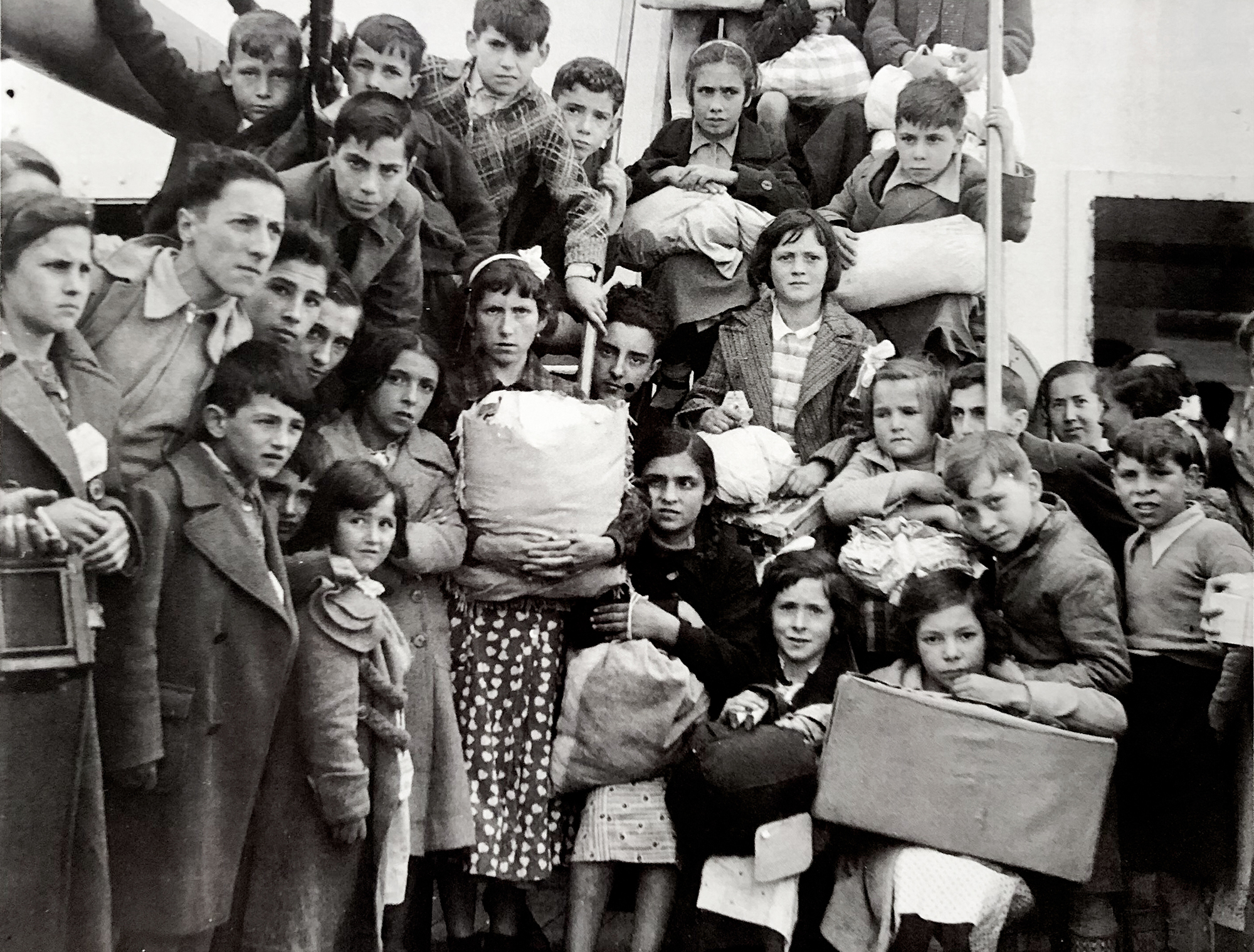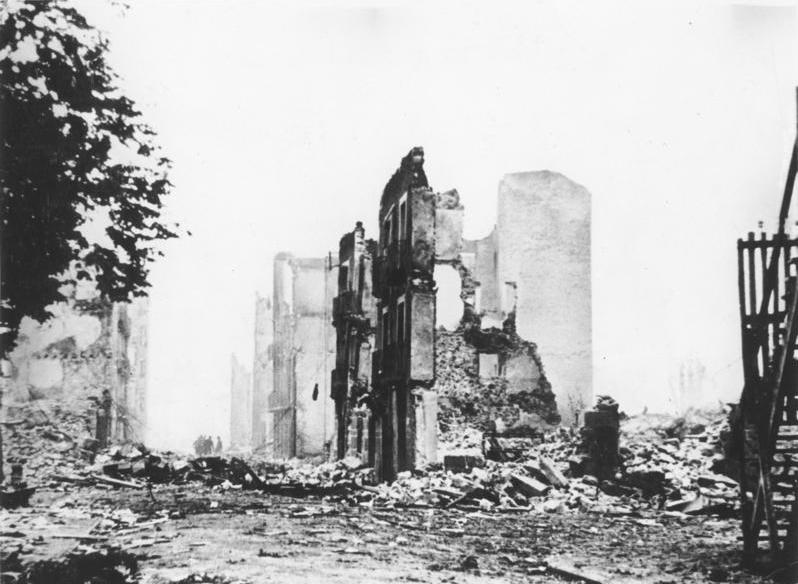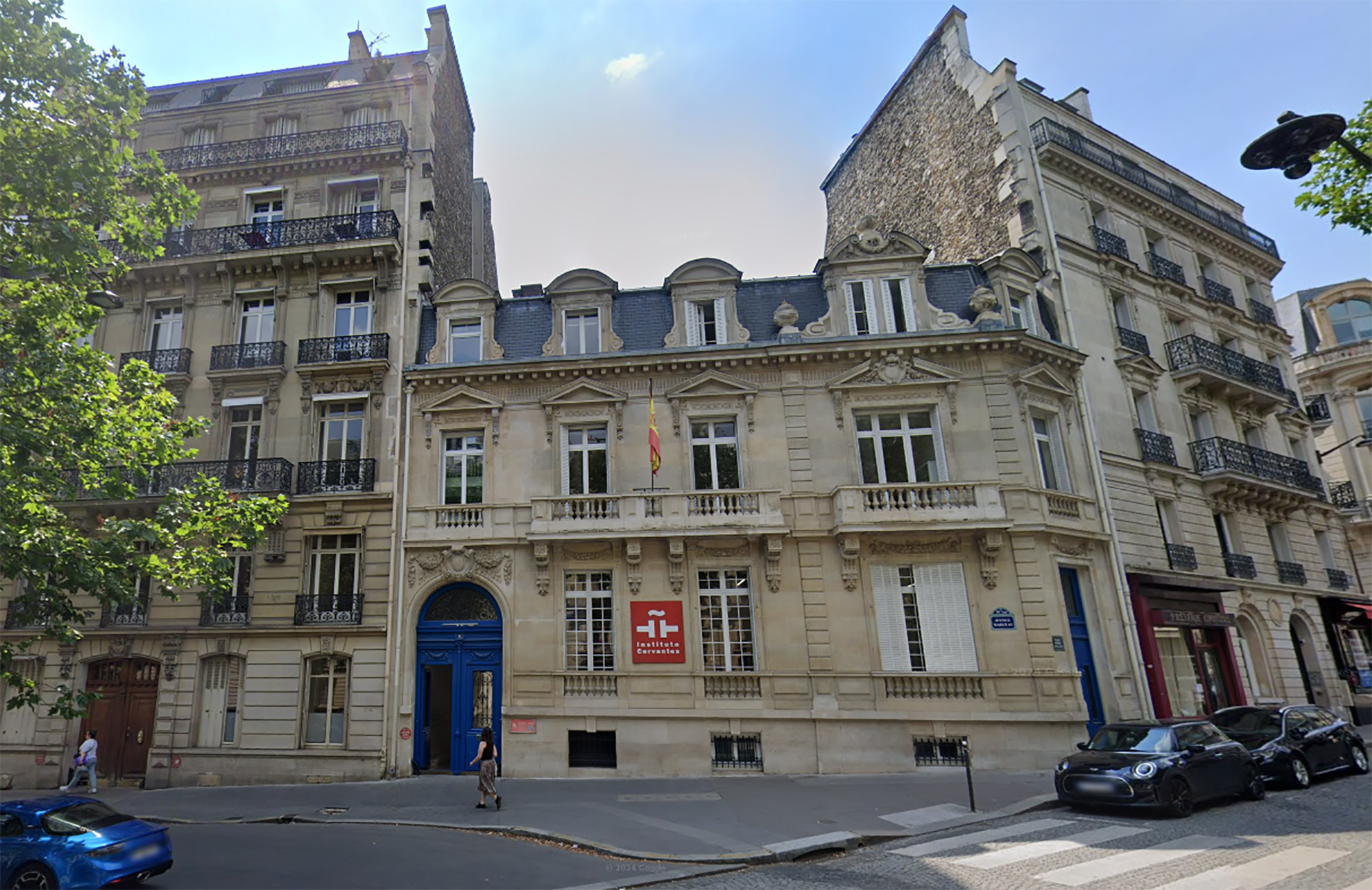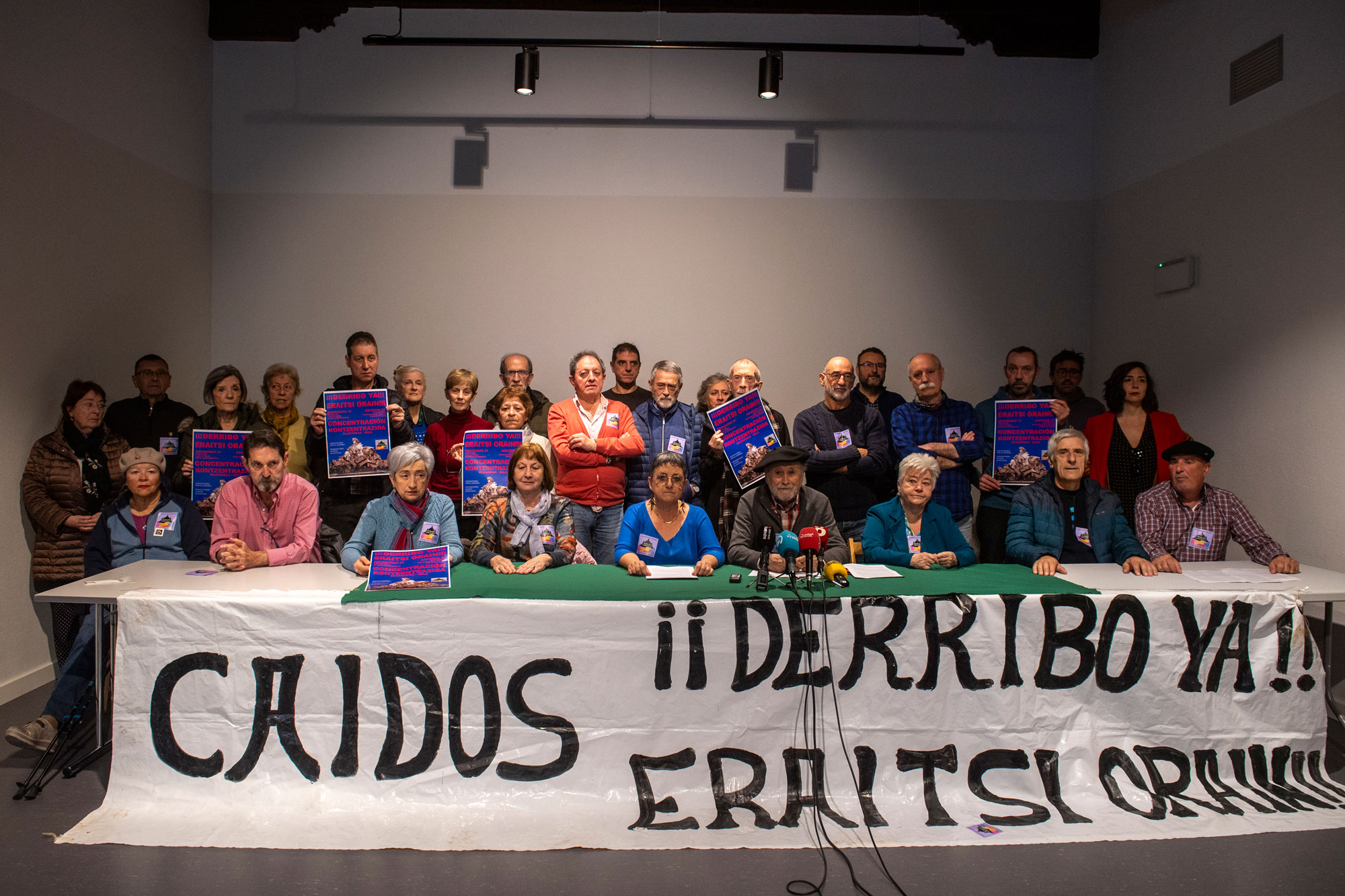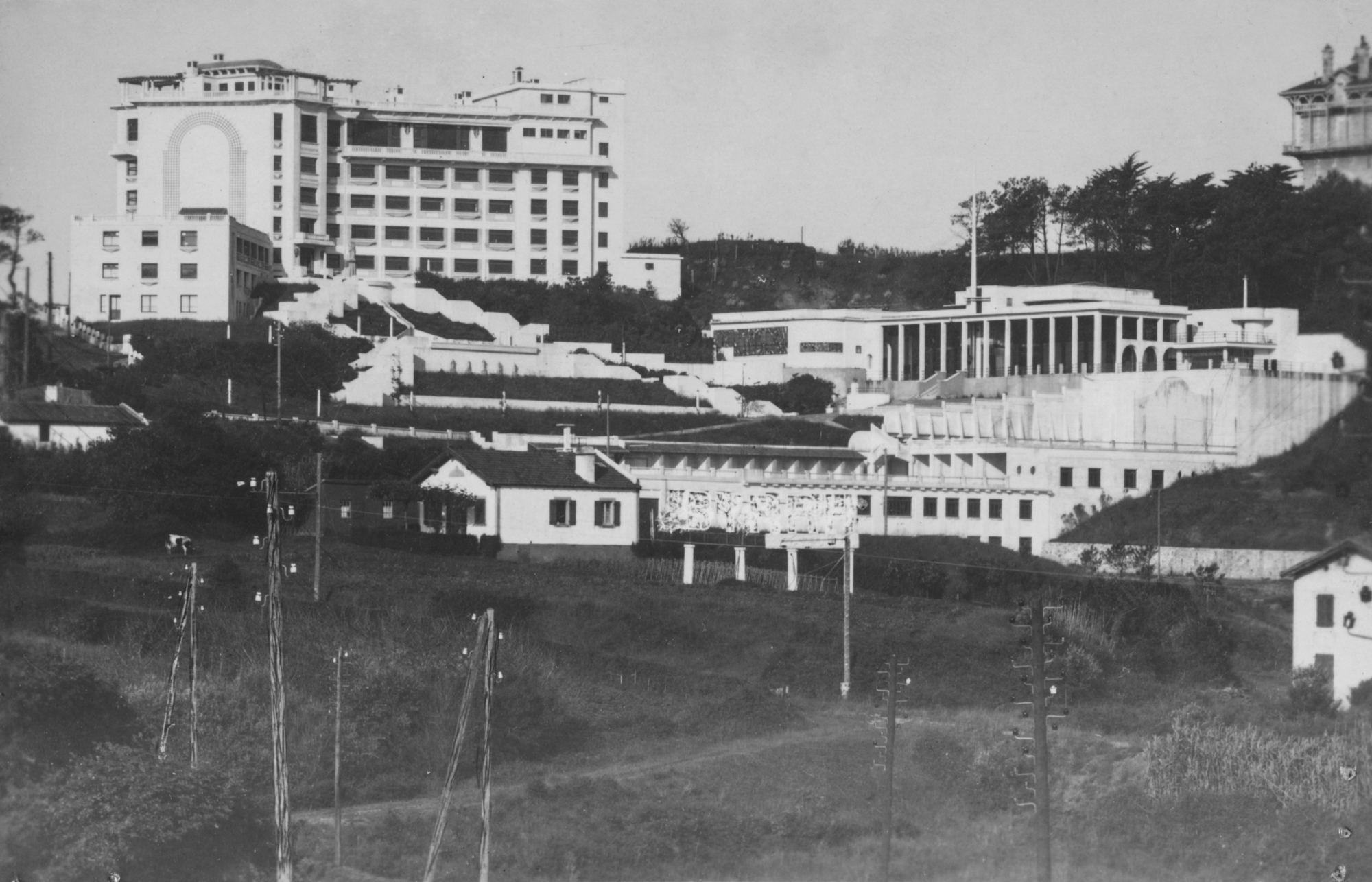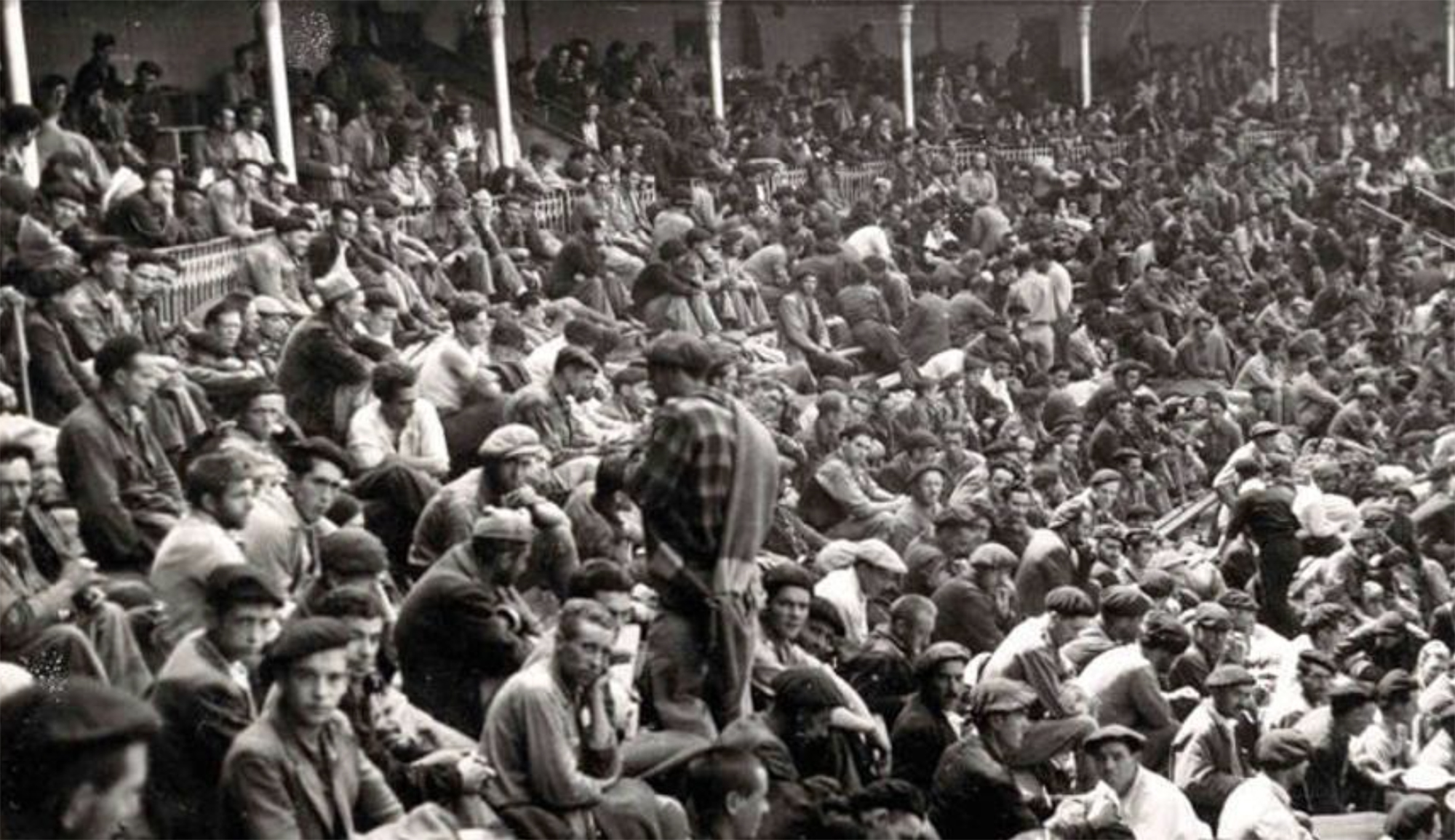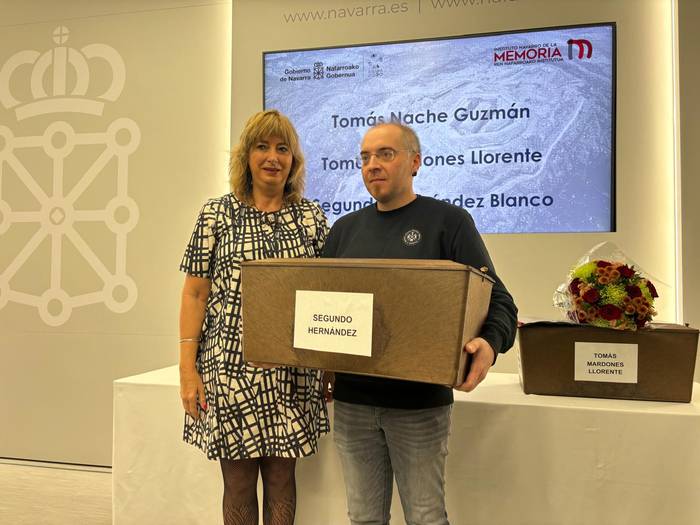Excavate the 'Small Iron Barrier' in Markina-Xemein
- The Ahaztuak Oromena association has organised a memory tour in the Iturreta district of Markina-Xemein to learn about the buffers and infrastructures that remain around Baldaburu during the 1936 War. In the coming weeks of June, this second line of war called ‘The Small Iron Belt’ will also be excavated along with archaeologists and students from the UPV/EHU.

Pine cuts affected by Markina-Xemein’s diseases have revealed an archaeological treasure in recent years: During the 1936 War, bunkers, trench fragments and anti-Republican shelters have been exposed. Thanks to the work carried out and the testimonies collected by the association Ahaztuak Oromena, we now know much more about this second line of war and want to take the opportunity to dig and put value in.
Last year the Ahaztuak Oromena Association presented the Memory Itinerary (MX-2) of the Markina-Xemein Second Line of War, formed by the Alpino Mendizale Group and the City Hall, within the popular routes “SL”. Now, on June 5, the MX-3 route will be presented, which runs through the Baldakotxuntxur bunkers, in the Iturreta district.
The presentation will also show the archaeological excavations to be carried out on the last two weekends of June with students from the UPV/EHU, and for this purpose, Josu Santamarina, archaeologist and member of the Built Heritage Research Group of the UPV/EHU, will offer a talk. In addition, a guided tour has been organised on the last day of excavations: “We will have the opportunity to get to know the works, listen to the explanations and satisfy the curiosity,” the association explained.
In October 1936, the Gudaris and militiamen managed to stop the offensive of General Emilio Mola and stabilize the front between Bizkaia and Gipuzkoa. But because Markina-Xemein's positions and surroundings were weak, they built a second front made up of aligned bunkers, designed by the architect Rikardo Bastida Lezea. This line was not used because the fascists managed to overcome the front on Mount Oiz on April 26, 1937, on the same day that they bombed Gernika. Thanks to the testimonies collected by the Memory of the Oblivion, these infrastructures are found and are being valued.
In ARGIA we have published an interview with Santamarina and thus explained the importance of the second line of battle: “This line is special, I call it “Small Iron Barrier”: it has more than a dozen bunkers and many concrete structures. We'll dig two of them. I do not expect much from materiality, because this front fell very catastrophically towards 25 and 26 April 1937; there were hardly any direct fights. But bunkers are architecturally valuable, because although they're on the same line, they have different typologies."
According to the archaeologist, it is not usual to see on the front such a defensive structure, except the Bilbao Iron Belt, that Republicans rarely used concrete: “There would be a competition in part: Where will we take concrete to the front or to Bilbao?” Thus, these of Markina-Xemein have become unique witnesses of the War landscape of 1936 and “being the positions of the losers, they offer us the opportunity to put ourselves on their skin”.
Iazko uztailean, ARGIAren 2.880. zenbakiko orrialdeotan genuen Bego Ariznabarreta Orbea. Bere aitaren gudaritzaz ari zen, eta 1936ko Gerra Zibilean lagun egindako Aking Chan, Xangai brigadista txinatarraz ere mintzatu zitzaigun. Oraindik orain, berriz, Gasteizen hartu ditu... [+]
Gogora Institutuak 1936ko Gerrako biktimen inguruan egindako txostenean "erreketeak, falangistak, Kondor Legioko hegazkinlari alemaniar naziak eta faxista italiarrak" ageri direla salatu du Intxorta 1937 elkarteak, eta izen horiek kentzeko eskatu du. Maria Jesus San Jose... [+]
1936ko Gerran milaka haurrek Euskal Herria utzi behar izan zuten faxisten bonbetatik ihes egiteko. Frantzia, Katalunia, Belgika, Erresuma Batua, Sobietar Batasuna eta Amerikako herrialdeetara joandako horien historia jasotzeko zeregin erraldoiari ekin dio Intxorta 1937... [+]
Ezpatak, labanak, kaskoak, fusilak, pistolak, kanoiak, munizioak, lehergailuak, uniformeak, armadurak, ezkutuak, babesak, zaldunak, hegazkinak eta tankeak. Han eta hemen, bada jende klase bat historia militarrarekin liluratuta dagoena. Gehien-gehienak, historia-zaleak izaten... [+]
Pamplona, 1939. At the beginning of the year, the bullring in the city was used as a concentration camp by the Francoists. It was officially capable of 3,000 prisoners of war, at a time when there was no front in Navarre, so those locked up there should be regarded as prisoners... [+]
Segundo Hernandez preso anarkistaren senide Lander Garciak hunkituta hitz egin du, Ezkabatik ihes egindako gasteiztarraren gorpuzkinak jasotzerako orduan. Nafarroako Gobernuak egindako urratsa eskertuta, hamarkada luzetan pairatutako isiltasuna salatu du ekitaldian.








